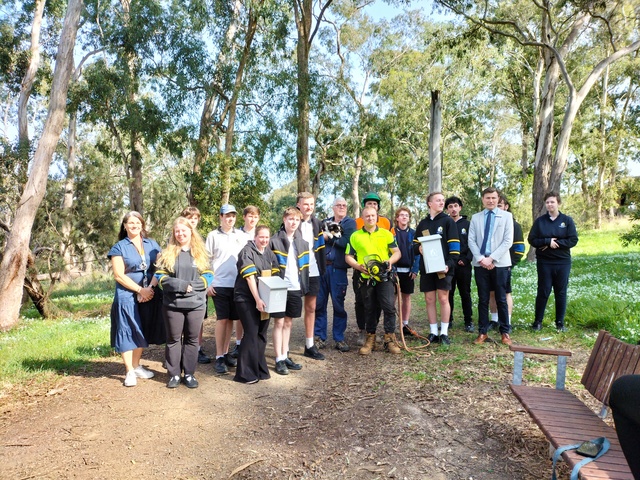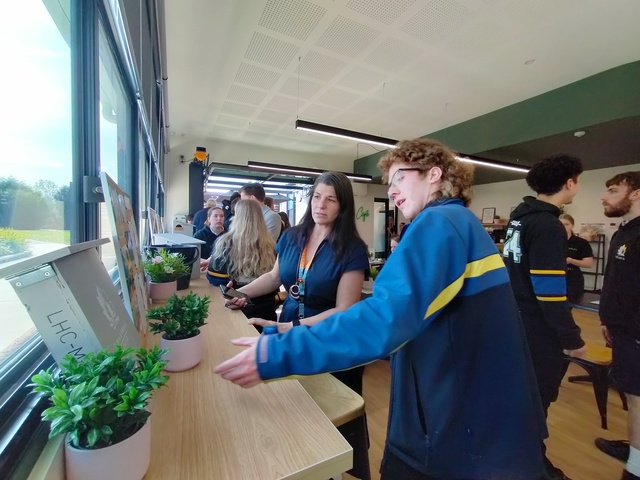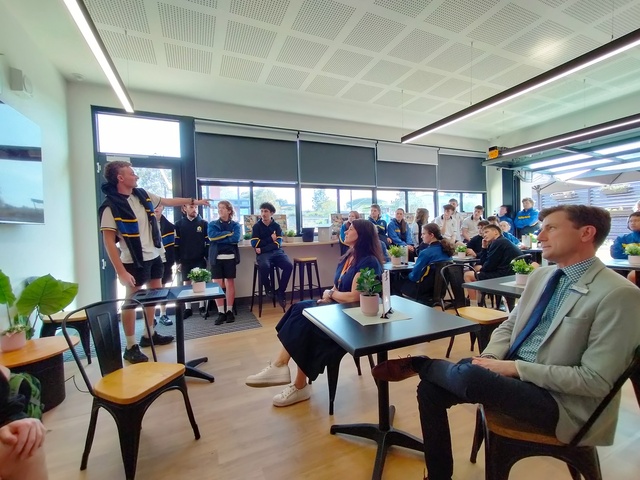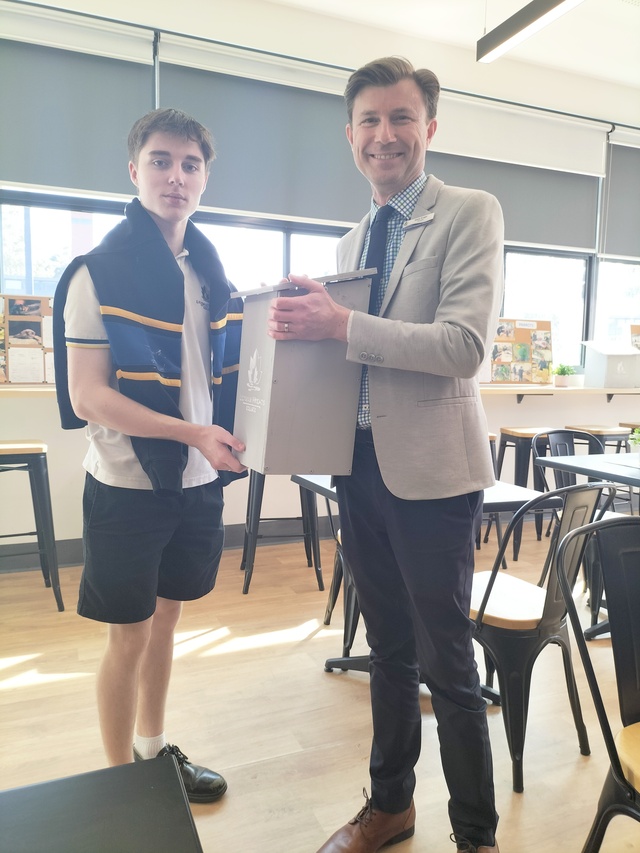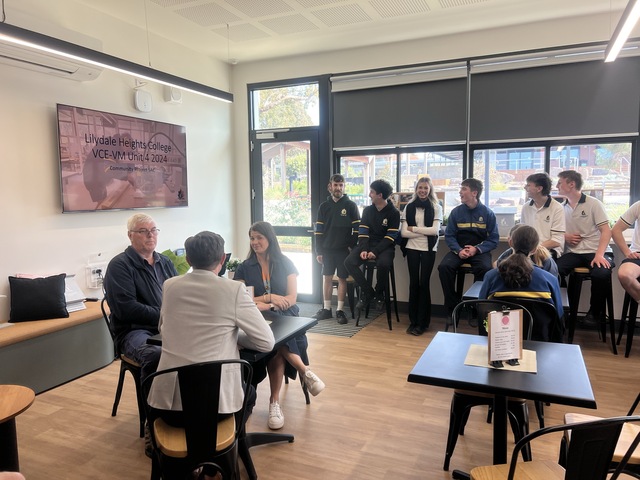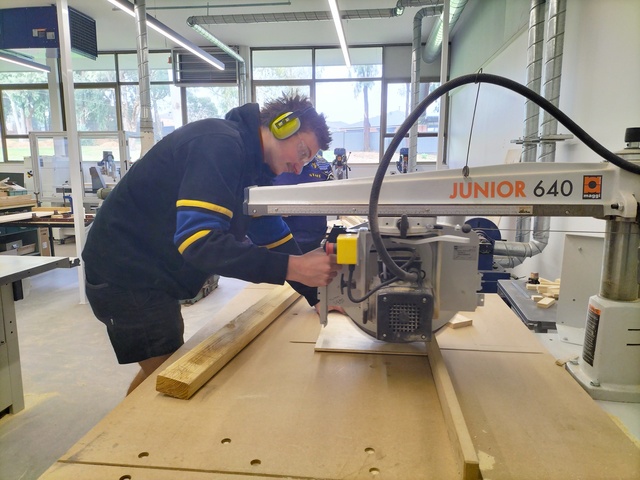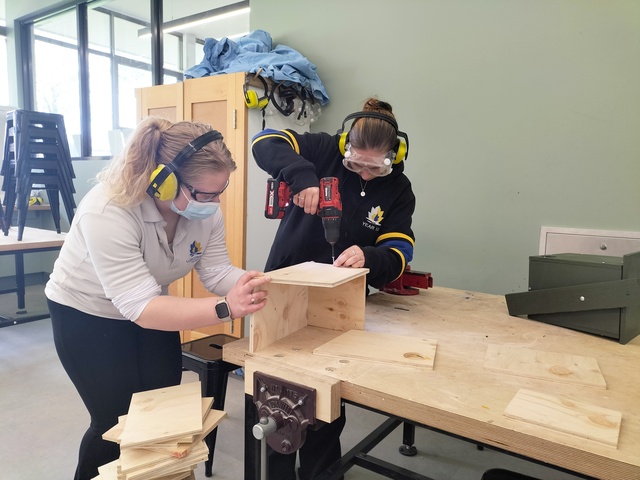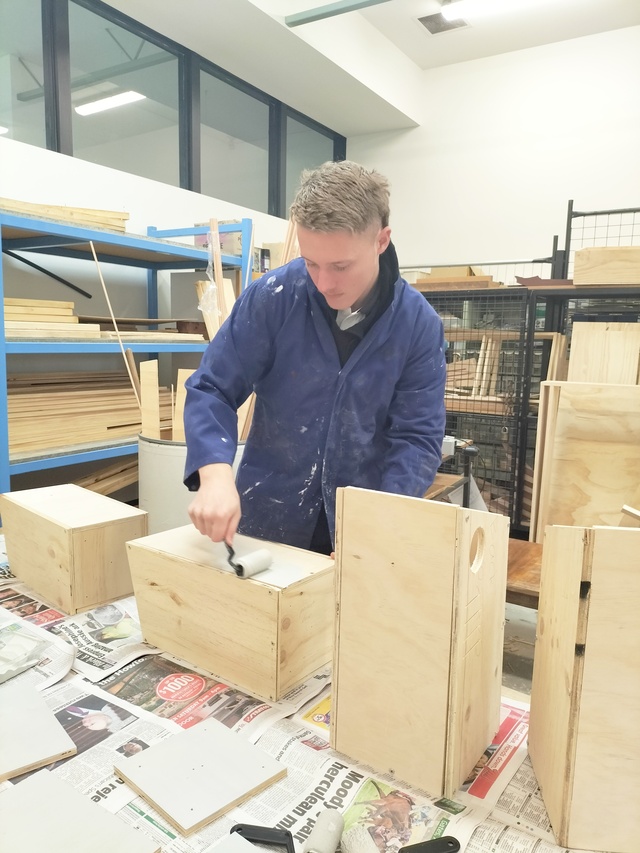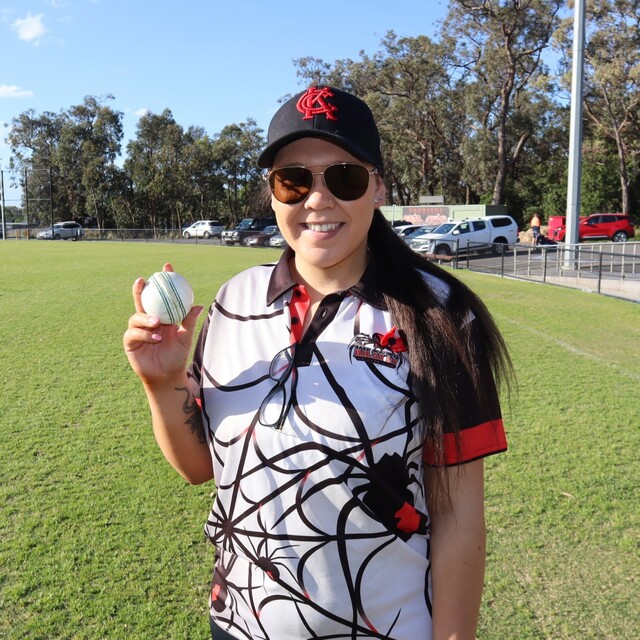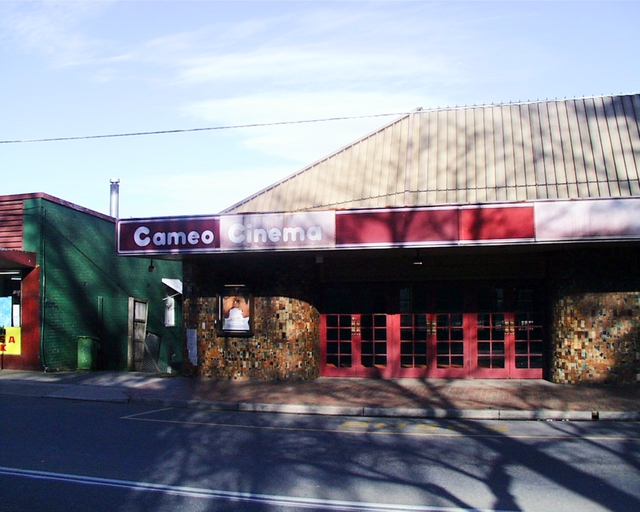With sustainability at the forefront of a year-long project, Lilydale Heights College (LHC) students finally saw their work come to fruition with the installation of nest boxes at Old Pound Reserve.
The Year 12 VCE Vocational Major students used their community project to enhance local biodiversity because of habitat loss from urban development, fires and competition from invasive species.
Humanities, science and vocational education teacher Tania Lim said the school’s values are very much based on a foundation of sustainability which inspired the students in choosing such a project.
“LHC’s sustainability identity is embedded in the curriculum across the entire school at all year levels. Awareness of environmental issues and advocacy for a healthy planet become second nature to most of the students by the time they reach Year 12,” she said.
“Students brainstormed ideas using examples of activities undertaken by previous year levels and at different schools and unanimously voted for this project when the idea was presented to them.”
Aiming to re-establish a native wildlife corridor at Old Pound Reserve, just across the road from the school, the nest boxes catered for parrots and small-marsupials.
On Tuesday 10 September, students not only presented their work to Yarra Ranges Council mayor Sophie Todorov, bushland management officer Paul Slinger, college principal Shane Kruger, teachers and peers but also watched on as the nest boxes were installed.
Mayor Todorov said she was “very impressed” with the presentations and project work the students undertook all to improve biodiversity in the Yarra Ranges.
“A lot of research and effort went into the carefully assembled nesting boxes, which will safely house local fauna. It was satisfying to join students and staff at the Old Pound Reserve as the first two nest boxes were installed,” she said.
Ms Lim said while the proximity to the school made the Reserve an ideal location, the school’s sustainability leaders had also been in consultation with the council about collaborating on projects.
“The Old Pound Reserve was only established in the 1990s, having been used as a showground and a municipal pound prior to that,” she said.
“This has meant that there was not much canopy or old-growth trees in the reserve, and there are a lot of weeds instead of native shrubs and bushes.
“The installation of boxes at the Reserve is exciting because it provides opportunities for the community to collect biodiversity data about an area that does not currently appear to have data available.”
From the practical skills of cutting the timber to the communication skills of liaising with external sources like the council, Ms Lim said it was incredible to watch the students grow.
“It has been absolutely fantastic to see the personal growth in the students, in just a short period of time. You could see the pride in their faces as they showed off their work during the gallery walk,” she said.
“Some students started the unit with a very definite ‘I will not be talking to anyone or making a presentation’, and by the end of the unit, stood up in front of the mayor, school principal and a room full of their peers and teachers and spoke confidently and unscripted, about the project.”
This project won’t end with the Year 12s either, with the older students handing over the reins to two younger members of the sustainability club who will continue to look after the Reserve.
“The next step for students involved will be to monitor the boxes to see if they get used,” Ms Lim said.
“While waiting for this to happen, students aim to clean up the Old Pound Reserve, and plant more native species of plants at the school and at the reserve to create a sort of green corridor between the two areas.”
A few nesting boxes remain at the school, which Ms Lim said are available for the community to acquire for a donation to the LHC sustainability club’s programs.
The club is also seeking “donations of durable native groundcovers” to plant in the future.

